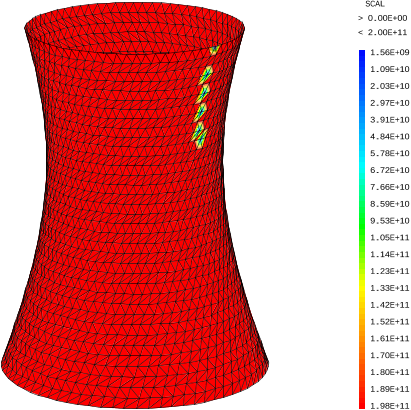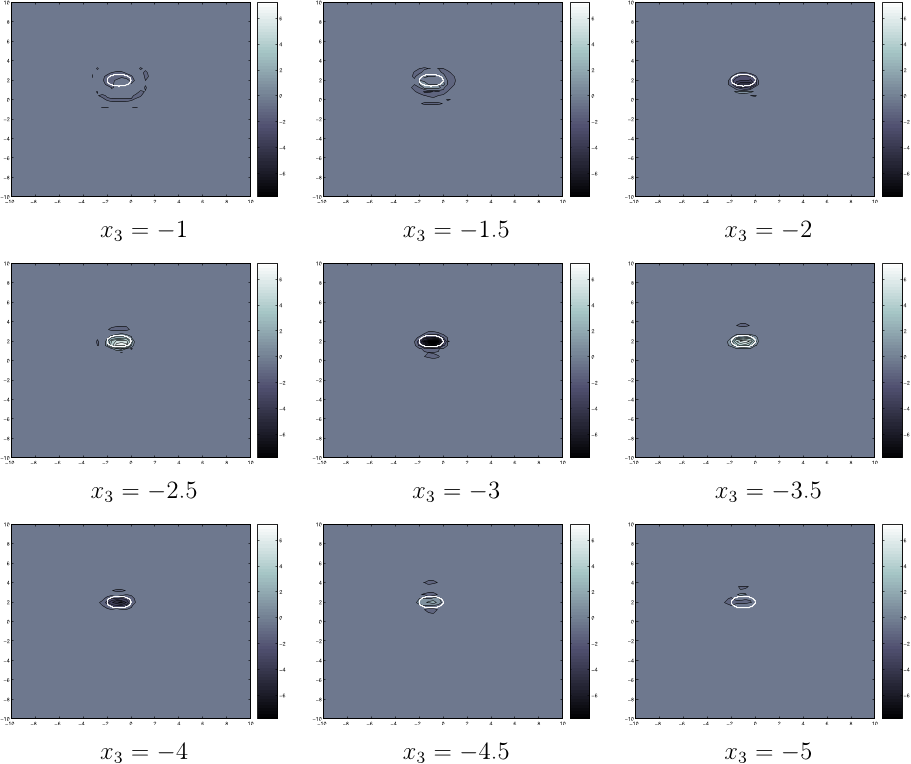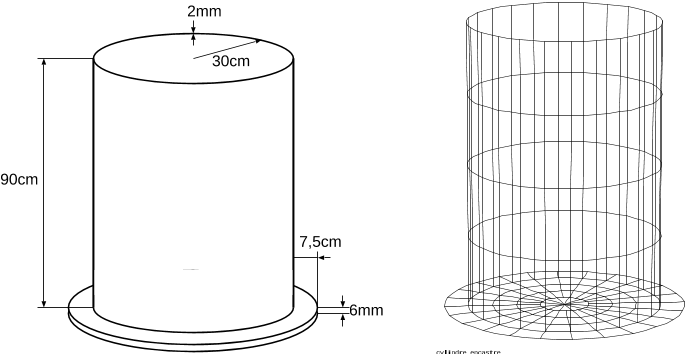




Did you find this useful? Give us your feedback


















1,820 citations
772 citations
764 citations
...riments. Current developments aim at devising identification strategies making use of large amount of measurement data. The interested reader may refer to a recent review on the subject in elasticity [43]. A first approach is based on minimising, in the same spirit as in Section 2 for the measurement stage, displacements either determined from closed-form solutions (e.g., tension, bending, cracked sam...
[...]
645 citations
...3 Identification problem Constitutive parameter identification is often referred to as an inverse problem (see [9] for a recent review of inverse problems in elasticity)....
[...]
400 citations
7,158 citations
...Accordingly, emphasis will be given to formulations and solution techniques which are well suited to general-purpose numerical methods for solving elasticity problems on complex configurations, in particular the finite element method [28, 125] and the boundary element method [23, 40]....
[...]
5,126 citations
4,897 citations
Some directions for further work directly related to topics presented in this article include ( i ) a more systematic development and testing of the reciprocity gap approach as a method for the identification of cracks, ( ii ) the study of convexity properties of functionals based on the error in constitutive equations, and develop similar functional in connection with the identification of nonlinear constitutive properties and ( iii ) the development of topological sensitivity techniques for time-domain formulations and in refined forms ( in particular based on higher-order expansions with respect to defect size ) and their integration in defect identification strategies.
The reconstruction of distributed parameters (such as the flexural stiffness or the mass density) of mechanical structures from vibrational data, i.e. measured values of eigenfrequencies and eigenmodal displacements, is a class of inverse problem of engineering interest, especially in connection with updating finite element (FE) models of mechanical structures, i.e. correcting FE models so that they agree best with measurements on the real structure.
The major drawback of the least squares functionals are generally bad stability properties, in the sense that small data errors induce large errors in the solution.
The minimization of J with respect to Γ using such methods needs in turn, for efficiency, the ability to evaluate the gradient of the functional J with respect to perturbations of the shape of Γ, in addition to J (Γ) itself.
Synthetic data was generated by solving the plate bending problem for the true distribution of D for nine cases of applied forces, in this case concentrated loads applied at nine different locations.
In cases featuring only one characteristic length (one scatterer embedded in an unbounded medium an illuminated by a plane wave), the topological derivative approach essentially provides (up to a scaling factor) the lowest-order moment of the normalized scattering amplitude in the theory of low-frequency direct and inverse scattering [37, 53, 54].
Some directions for further work directly related to topics presented in this article include(i) a more systematic development and testing of the reciprocity gap approach as a method for the identification of cracks, (ii) the study of convexity properties of functionals based on the error in constitutive equations, and develop similar functional in connection with the identification of nonlinear constitutive properties and (iii) the development of topological sensitivity techniques for time-domain formulations and in refined forms (in particular based on higher-order expansions with respect to defect size) and their integration in defect identification strategies.
The fundamental balance equation of the dynamics of deformable bodies (an extension of Newton’s second law to a small material element) is then:div σ(x, t) + f(x, t) − ρ(x)ü(x, t) = 0 (7)where f(x, t) is a given distribution of body forces.
The need to keep the number of direct computations as low as possible suggests instead to stick with classical gradient-based optimization algorithm.
In such situations, the virtual work principle provides a direct link between theexperimental data and the unknown quantities, which are usually related to constitutive properties, defects or damage.
using ϕ[z] = ϕ(1)[z] in (41) for all y and all ϑ allows to find at most five independent linear combinations of the elastic coefficients δCijkℓ(x).
In this article, several types of inverse problems arising in the linear theory of elasticity have been considered, revolving around the identification of material parameters, distributions of elastic moduli, and geometrical objects such as cracks and inclusions.
Numerical experiments based on the topological derivative in elastodynamics recently appeared in connnection with identification of cavities [26, 76] and of penetrable elastic inclusions [77].6.4.2. Topological derivative for acoustic scattering.
Note that the last integral in (122), which is unaffected by whether time-harmonic or transient conditions are assumed, has been omitted in (136) for the sake of brevity.
For the simplest case where B is the unit sphere, one hasDij(B, β, γ) = 3(1 − β)2 + β δijThe limiting situation β = 0 in (154) yields the expression of the topological derivative for the case of a hard (i.e. rigid) obstacle of vanishing size ε.6.4.3.
To enhance the effectiveness and efficiency of this technique, a variety of techniques have been proposed for the construction of families of virtual fields w(x) tailored for specific classes of constitutive parameter identification problems.